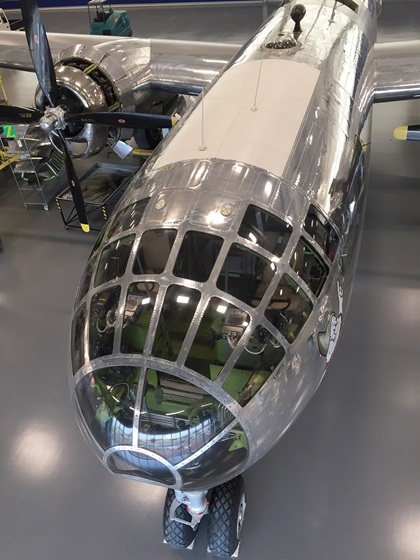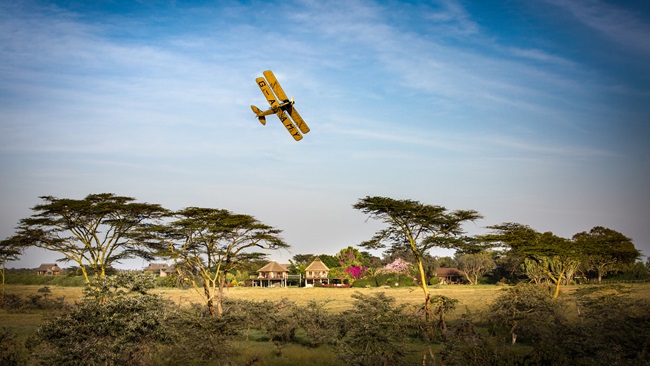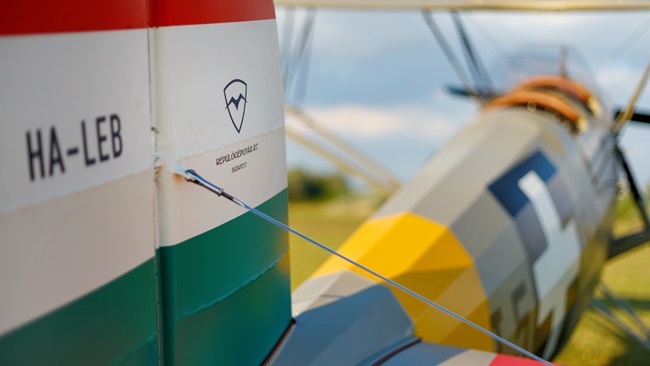New hangar for B–29 'Doc' set to open in January
By the end of January, the Wichita, Kansas, aviation community will be able to have a housewarming party for its favorite Boeing B–29—Doc.
The 1944 B–29 is one of only two in the world flying. Getting the giant warbird into the air took 16 years and some 400,000 volunteer man-hours. But flying was only the first of a three-phase project developed by the Wichita community to leverage the B–29.
Already, though, Doc is in its new hangar undergoing winter maintenance as construction crews finish the building details in time for a public opening next month, according to treasurer Lynn Nichols of Yingling Aviation, one of many Wichita companies that have donated money and support for the project.
Boeing and Spirit AeroSystems in particular were helpful in getting the Superfortress flying again, according to Nichols, but the airport, the city and state governments, and many individuals also made it happen.

Doc was built at the Boeing plant on Wichita’s east side in December 1944—a facility now owned by Spirit. It was delivered to the U.S. Army Air Corps at the end of March 1945. The bomber never left the United States during World War II, but later served as a trainer for electronic aerial countermeasures before being retired with most all other B–29s in 1956, according Doc crew member Frank Berry. Like so many others, eventually its tail was cut off and it was dragged into the desert to be used as target practice for missile systems. The B–29s all around it were destroyed, but Doc survived. In 1989 it was pulled from the desert, and in 2000 it was loaded onto seven flatbed trucks and moved to Wichita after Boeing pledged to help restore it. And thus began the 16-year effort to get it flying again.
During a visit by AOPA in early December, volunteer maintenance staff—mostly retirees from Boeing and Textron Aviation—were crawling all over the airplane, doing engine compression checks, changing spark plugs, and making sure it would be ready for its spring flying season. Berry said the goal is for the airplane to support itself by providing rides and through funding obtained by bringing it to airshows.
The new hangar includes enough space to handle two busloads of school students at a time in a mezzanine overlooking the shiny airplane. The mezzanine includes a cockpit layout, a series of videos, and many other displays outlining the role of the B–29 Superfortress in helping to end the war. Many of the exhibits include educational elements that focus on science, technology, engineering, and math.
Nichols said schools in the region have been clamoring for the chance to bring students to the hangar. He said he hopes the environment will inspire students to seek the scholarships the group plans to fund—all an effort to introduce youth to the wonders of aviation. A good goal for a 75-year-old airplane.





